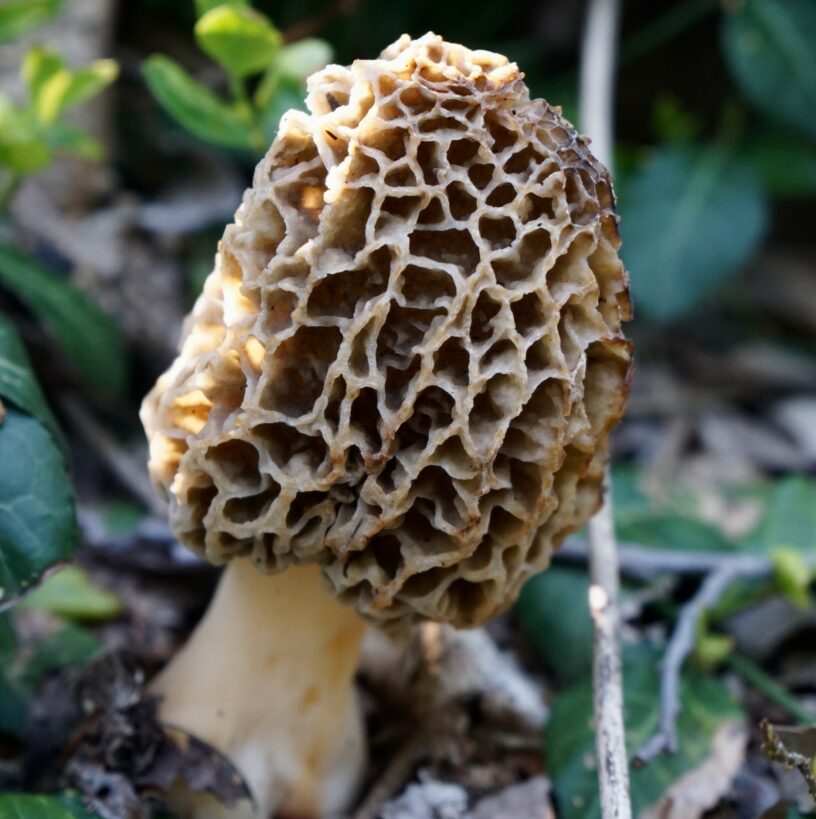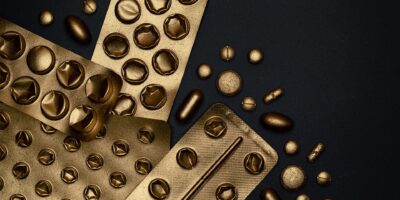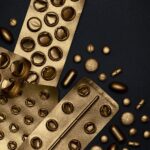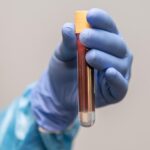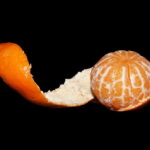As society becomes increasingly concerned with reducing humanity’s environmental impact, prolific polluters like the textile industry are coming under heightened scrutiny. One massive sector of the textile industry is the surgical suture market. In 2020, this market was worth $3.33 billion USD, the majority of which was the sale of sutures made of non-biodegradable polymers like polypropylene. The lack of sustainable options becomes more glaring when focusing on absorbable sutures – sutures that can naturally dissolve and be absorbed by the body as a wound heals. While there are natural suture options such as silk or catgut, there currently aren’t any commercially utilized absorbable, natural sutures that do not cause an elevated inflammatory reaction at the suture site. Fortunately, biopolymers, chitosan specifically, have emerged from the intersection between biotechnology and materials engineering to meet the growing demand for environmentally friendly, absorbable sutures.
Chitosan is deacetylated derivative of chitin, the main component in arthropod exoskeletons and fungal cell walls. The biocompatibility and wound healing properties of chitosan make it ideal for surgical suture applications. Currently, chitosan fibers are produced from the deacetylated chitin from crustacean exoskeletons in a process called wet spinning. Wet spinning is a fiber-formation technique in which a polymer – in this case, chitosan – is dissolved in a solvent, -adipic acid (AD) or lactic acid (LA) – and the resulting solution is extruded through a spinneret into a coagulant. It’s like spinning thread from a very viscous syrup. Using crustaceans as the main source of commercial chitin has limitations. Supply is not stable year-round as it is beholden to a harvesting season and consistency in quality is hard to guarantee due to differences in exoskeleton formation from crustacean to crustacean. Biotechnologist have recently begun to consider fungi as a viable source of commercial chitosan as it can be grown under controlled conditions through all seasons, rendering availability and quality control non-issues. However, the question remained, “Could purified fungal chitosan be used for the development of chitosan fibers with properties comparable to crustacean chitosan?” This is what Perrin et al. sought to investigate in their paper, “Biocompatible fibers from fungal and shrimp chitosans for suture application.”
In their experiment, Perrin et al. investigated the properties of four different chitosans, two fungal and two from shrimp: low molecular weight fungal chitosan (F1), high molecular weight fungal chitosan (F4), low molecular weight shrimp chitosan (CSL) & high molecular weight shrimp chitosan (CSH). CSH and F4 are of comparable molecular weight – 406.7 and 400 kDa, respectively – while CSL is much lighter at 50 – 190 kDa and F1 is the lightest at 32 kDa. CSH, F4 and CSL obtained successful fiber formation at solution concentrations of 3-4% (w/v) concentrations while F1 failed to form fibers even at 8% (w/v). Thus, only the mechanical properties, morphology and biocompatibility of CSH, F4 and CSL fibers were examined.
After the fibers were spun and dried scanning electron microscopy was used to observe their morphology, observing that F4 fibers had a more uniform surface formation than the CSH fibers. A precision scale, a Mitutoyo Absolute Machine Model Thickness Gauge and a Tinius Olsen H10KT machine were used to measure the mass, diameter and tensile strength of the fibers, respectively, as way to compare the physical properties of the fibers. These measurements showed that the CSH and F4 fibers dissolved in the same solvent (ie. CSH in AD and F4 in AD) were comparable in mass and diameter with both fibers exhibiting a decrease in diameter and mass when concentration decreased from 4% to 3% (w/v). Additionally, they found that there was no statistical difference between the tensile strength and Young’s modulus values, a measure of elasticity, of F4 and CSH fibers dissolved in AD. However, when lactic acid was used as the solvent there were seemingly contradictory results with 4% (w/v) F4 being stronger than 4% (w/v) CSH, while 3% (w/v) F4 was weaker than 3% (w/v) CSH in LA. Overall, the CSH fibers were much stronger when dissolved in AD than in LA though F4 saw no statistically difference.
Finally, biocompatibility was assessed by culturing samples of HFF human fibroblast cells in the presence of each type of chitosan fiber as well as materials currently used in suturing, and a mitochondrial targeting sequence assay was performed on these cultures to assess cell viability. Chitosan, in general, was found to have no toxic effects on cell viability and there was no statistically significant difference in the biocompatibility between the control and the cultures containing chitosan. Chitosan, however, proved to be more biocompatible than the silk and catgut fibers currently on the market.
Overall, fungal chitosan was found to be in no way inferior to crustacean chitosan. Instead, it formed more uniform fibers and was less prone to fluctuations in strength due to the wet spinning solvent. Its biocompatibility with fibroblast cells reflects well on the potential use of fungal chitosan as absorbable sutures, as they are the cell type that makes up the majority of connective tissues in the human body. However, this was only the first study to look at purified fungal chitosan fiber and more studies need to be conducted along with the development of commercial production methods and scaling before these fibers can become the material of choice in the manufacturing of absorbable sutures. Nonetheless, the future looks bright for these sustainable textile fibers.
References:
Perrin, N., Mohammadkhani, G., Homayouni Moghadam, F., Delattre, C., & Zamani, A. (2022). Biocompatible fibers from fungal and shrimp chitosans for suture application. Current Research in Biotechnology, 4, 530–536. https://doi.org/10.1016/j.crbiot.2022.10.007
Rose, J., & Tuma, F. (2022). Sutures And Needles. In Statpearls. essay, StatPearls Publishing.
Surgical sutures market size, share, growth: Report, 2028. Surgical Sutures Market Size, Share, Growth | Report, 2028. (2021). Retrieved November 7, 2022, from https://www.fortunebusinessinsights.com/industry-reports/surgical-sutures-market-100660
WedMD Editorial Contributors. (2021). What are absorbable stitches? how they work and why they’re used. WebMD. Retrieved November 7, 2022, from https://www.webmd.com/a-to-z-guides/what-to-know-absorbable-sutures#:~:text=%E2%80%8CAbsorbable%20sutures%2C%20also%20known%20as,types%20of%20sutures%20to%20use.
